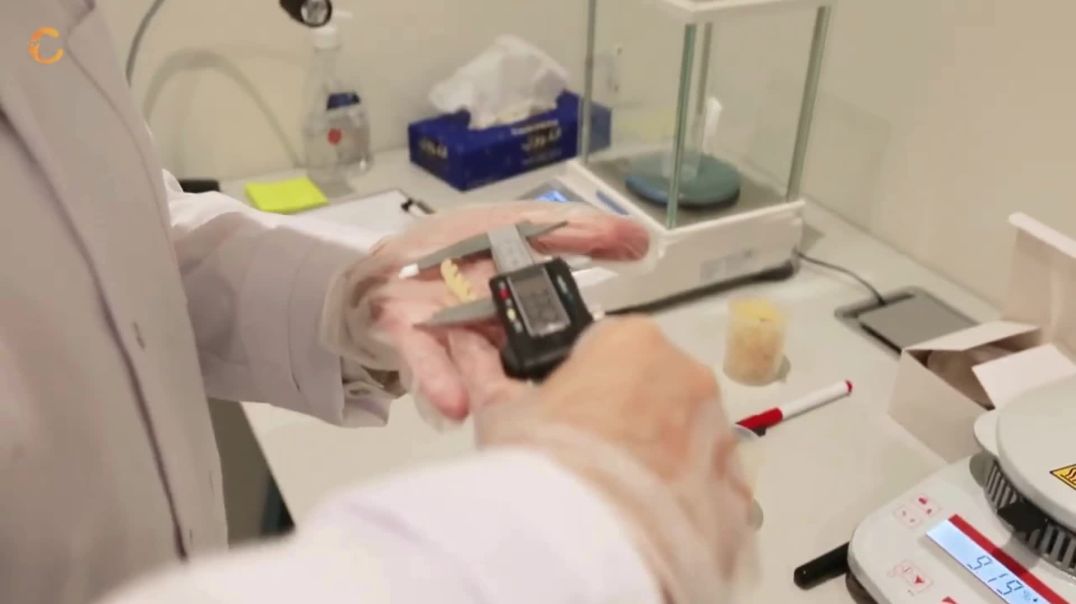698 Views· 16 June 2024
How BULLETS are made - Satisfying Manufacturing Process - MUST WATCH
The process of manufacturing bullets is intricate and precise, involving various stages to ensure each bullet meets strict quality standards. Here’s an overview of the satisfying manufacturing process of bullets, from raw materials to the final product.
#### **1. Raw Materials**
- **Lead**: Used for the bullet core, lead provides the necessary density and malleability.
- **Copper**: Often used for the jacket that surrounds the lead core, copper provides durability and helps with the bullet’s aerodynamics.
- **Brass**: Used for the cartridge case, brass is chosen for its corrosion resistance and malleability.
- **Propellant (Gunpowder)**: A crucial component inside the cartridge case, providing the explosive force needed to propel the bullet.
- **Primer**: A small explosive charge that ignites the propellant when struck by the firing pin.
#### **2. Bullet Core Formation**
- **Melting Lead**: Lead is melted in large furnaces.
- **Casting**: The molten lead is cast into billets or bars, which are then cut into small pieces.
- **Swaging**: These pieces are placed into a swaging press where they are formed into the desired bullet shape under high pressure.
#### **3. Jacket Formation**
- **Copper Sheets**: Copper sheets are fed into machines that cut them into small disks.
- **Cupping**: These disks are pressed into cup shapes, which will form the jacket of the bullet.
- **Drawing**: The cups are then drawn into longer, thinner shapes through a series of dies to form the jacket that will encase the lead core.
#### **4. Combining Core and Jacket**
- **Insertion**: The lead cores are inserted into the copper jackets.
- **Swaging Again**: Another swaging process ensures that the lead core and copper jacket are tightly bonded and that the bullet is formed to the exact specifications.
#### **5. Cartridge Case Manufacturing**
- **Brass Cups**: Brass cups are formed from flat brass sheets through a cupping process similar to that used for the bullet jackets.
- **Drawing and Annealing**: The brass cups are drawn into the shape of the cartridge case, with intermittent annealing (heating) processes to relieve stress in the metal and prevent cracking.
- **Trimming and Tapering**: The cases are trimmed to the precise length and tapered to fit the specific caliber.
- **Necking**: The top of the case is narrowed to hold the bullet securely.
#### **6. Assembly**
- **Priming**: Primer is inserted into the base of the cartridge case.
- **Powder Loading**: The appropriate amount of gunpowder is loaded into the cartridge case.
- **Seating the Bullet**: The bullet is seated into the neck of the cartridge case, ensuring a secure fit and proper overall length.
#### **7. Quality Control**
- **Inspection**: Each bullet undergoes rigorous inspection to ensure dimensions, weight, and overall quality meet strict standards.
- **Testing**: Random samples from each batch are test-fired to ensure reliability and performance.
#### **8. Packaging**
- **Sorting**: Bullets are sorted and grouped according to caliber and type.
- **Packaging**: They are then packaged in boxes, ready for distribution to retailers or military suppliers.
### Conclusion
The manufacturing process of bullets is a fascinating blend of traditional craftsmanship and modern technology. Each step, from the casting of lead to the final quality inspection, is designed to produce bullets that are reliable, accurate, and safe to use. The precision and care taken at each stage ensure that the final product performs consistently, making this process both satisfying to observe and crucial for the end-users' needs.




























0 Comments